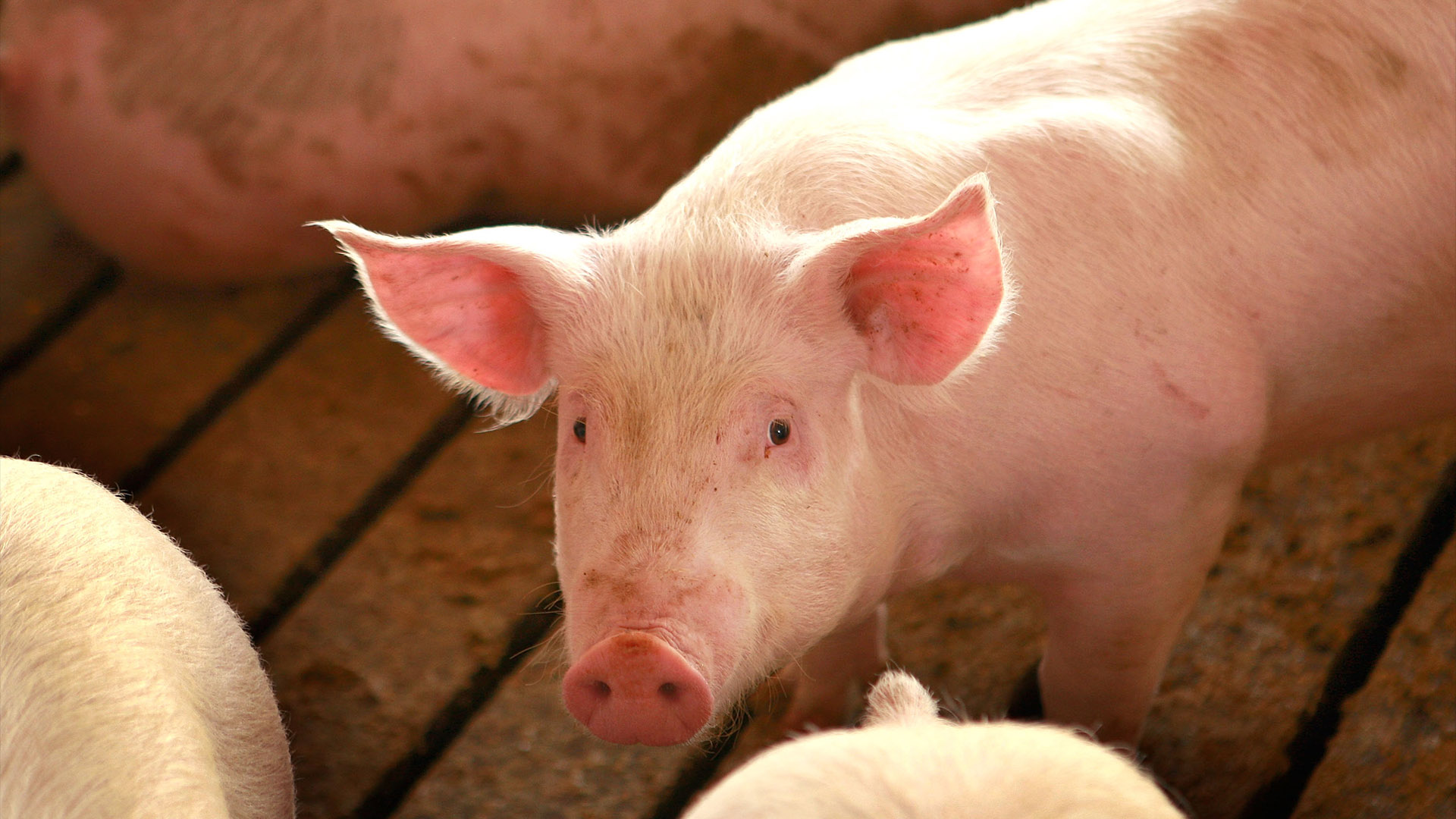
A child in Pennsylvania caught a case of swine flu after being in contact with pigs, health officials reported Friday (March 29).
The infection marks the first human case of swine flu flagged in the U.S. so far this year, the Centers for Disease Control and Prevention (CDC) reported in its Weekly U.S. Influenza Surveillance Report.
The infection, initially detected by the Pennsylvania Department of Health, was caused by a "novel" influenza A virus, one of the major types of flu virus. The detected virus belongs to a known subtype of influenza A that regularly infects pigs, called H1N2, but it's a newly identified strain. Sporadically, swine flu viruses like H1N2 can jump into humans, and when they do, they're known as "variant" influenza viruses.
Human infections with variant flu viruses most often happen in people with recent exposure to infected pigs. For instance, it's thought that sick pigs may cough or sneeze droplets containing virus into the air, where they can then be inhaled by people or deposited on surfaces that people then touch. In this recent case, local health officials found that the patient had "swine contact prior to their illness onset." In an emailed statement, the CDC added that the infected person lives near a pig farm in Pennsylvania.
Related: The worst epidemics and pandemics in history
The infected child started receiving medical care for the infection on March 9, was ultimately hospitalized and has since recovered. There is no evidence that the infection spread from the infected person to additional people, the CDC reported, although "the investigation is ongoing."
Health officials did report that two of the patient's close contacts developed mild illness and had been in contact with pigs before the patient fell ill. However, the report doesn't specify if these two individuals are also suspected of experiencing swine flu.
"It is important to note that in most cases, variant influenza viruses have not shown the ability to spread easily and sustainably from person to person," the CDC noted in its report. (The "swine flu" pandemic in 2009 involved a virus containing a mix of genes from swine, avian and human influenza viruses, which enabled it to spread easily between people.)
Human swine flu cases most often cause symptoms similar to the regular seasonal flu. These include fever, lethargy, poor appetite and coughing. Some people develop a runny nose, sore throat, eye irritation, nausea, vomiting or diarrhea.
That said, swine flu can sometimes progress and cause serious illness that requires hospitalization and can potentially be fatal, similar to seasonal flu. Antiviral drugs used to treat seasonal flu can also treat swine flu.
Last year, the CDC reported two human swine flu infections that were tied to agricultural fairs in Michigan, and in 2022, it reported four — three connected to an agricultural fair and one of unknown origin. Precautions people can take to avoid swine flu include not eating or drinking near pigs; avoiding contact with pigs that appear sick; and washing their hands often with soap and water before and after contact with pigs.
This article is for informational purposes only and is not meant to offer medical advice.
Ever wonder why some people build muscle more easily than others or why freckles come out in the sun? Send us your questions about how the human body works to community@livescience.com with the subject line "Health Desk Q," and you may see your question answered on the website!







